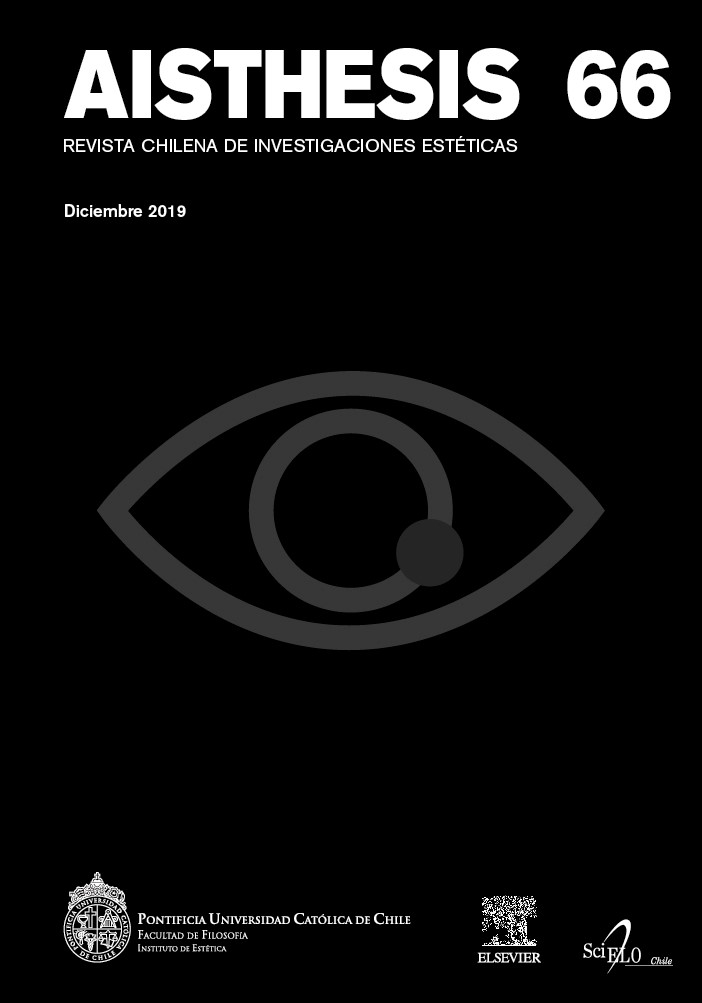Schelling and the Romanticism
Main Article Content
Abstract
Schelling’s aesthetic conception in the System of transcendental idealism can be seen as an attempt to a non-dogmatic, aesthetics restoration of such “strong structures” as God, truth and being, weakened definitely in Kant’s critical philosophy. The phenomenon of art attests that the Absolute is knowable and real. Following this, and precisely in this aesthetic restoration of the Absolute, the Romantic notion of Schelling’s transcendental philosophy is founded. I affirm that Romanticism delegates to Schelling the perfect instrument (organon) —the art—, for this restoration. Schelling is inspired in Romanticism to overcome the problems of subjective rationalism (Cartesian dualism and mechanicism, the one-dimensionality of the Fichtean self, and Kant’s separation of world to phenomenal and noumenal), and to make a step to positive philosophy or philosophy of life (Lebensphilosophie) in his later oeuvre.
Downloads
Article Details

This work is licensed under a Creative Commons Attribution-NonCommercial-ShareAlike 4.0 International License.
All contents of this electronic edition are distributed under the Creative Commons license of "Attribución-shareAlike 4.0 Internacional" (CC-BY-SA). Any total or partial reproduction of the material must mention its origin.
The rights of academic works published in this publication belong to their authors., who grant to AISTHESIS: Revista Chilena de Investigaciones Estéticas the license for its use. The management of the permits and the authorization of the publication of the images (or of any material) that contains copyright and its consequent rights of reproduction in this publication is the sole responsibility of the authors of the articles
